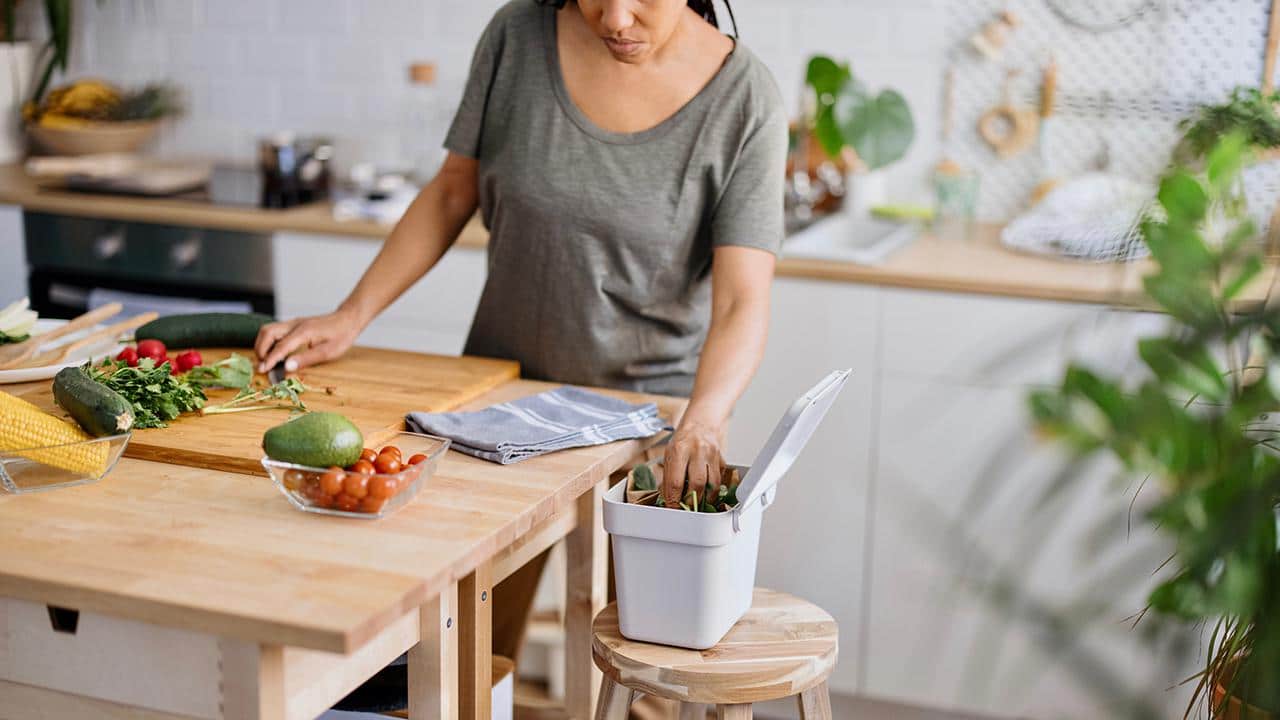

Articles
How To Store Compost In Kitchen
Modified: January 19, 2024
Discover effective ways to store compost in your kitchen with our informative articles. Keep your kitchen clean and green with these practical tips.
(Many of the links in this article redirect to a specific reviewed product. Your purchase of these products through affiliate links helps to generate commission for Storables.com, at no extra cost. Learn more)
Introduction
Composting is an eco-friendly practice that allows us to transform food scraps and organic waste into nutrient-rich soil for gardening. While many people compost in their backyards or outdoor spaces, storing compost in the kitchen can be a convenient and practical solution for those who don’t have access to outdoor compost bins or want to easily dispose of kitchen scraps.
In this article, we will explore the benefits of storing compost in the kitchen, discuss various options for compost storage containers, provide tips for properly storing compost, and offer suggestions on how to incorporate composting into your daily kitchen routine.
By keeping compost in the kitchen, you not only reduce waste and promote sustainability but also have easy access to compost for adding nutrients to your indoor plants or patio garden. Let’s delve into the world of kitchen composting and discover how to effectively store compost right in your own kitchen.
Key Takeaways:
- Storing compost in the kitchen offers convenience, reduces food waste, improves indoor air quality, provides sustainable fertilizer, and promotes education and awareness about recycling and sustainability.
- Choosing the right compost storage container, following essential tips for proper storage, maintaining an odor-free system, and incorporating composting into your daily routine are key to successfully storing compost in the kitchen.
Read more: How To Store Compost In The Winter
Benefits of Storing Compost in the Kitchen
Storing compost in the kitchen offers a range of benefits that go beyond waste reduction. Here are some of the main advantages:
- Convenience: Keeping compost in the kitchen allows you to easily collect and store food scraps and organic waste without the need to make frequent trips to an outdoor compost bin. This convenience encourages more people to participate in composting and reduces the likelihood of organic waste ending up in landfills.
- Reduced Food Waste: Storing compost in the kitchen acts as a reminder to segregate and save food scraps rather than throwing them away. By collecting these scraps in a dedicated compost container, you can reduce the amount of food waste that ends up in the trash. This not only benefits the environment but also helps to conserve resources.
- Improved Indoor Air Quality: Properly storing compost in the kitchen helps prevent odors and keeps your indoor environment clean and fresh. Many compost storage containers are designed with odor-absorbing or odor-blocking features, which effectively minimize unpleasant smells that can occur from decomposing organic matter.
- Affordable and Sustainable Fertilizer: By storing compost in the kitchen, you have easy access to a ready supply of nutrient-rich soil. Compost serves as a natural and sustainable fertilizer, providing essential nutrients to plants and improving the overall health and productivity of your indoor or patio garden.
- Education and Awareness: Storing compost in the kitchen is a visible reminder of the importance of recycling and sustainability. It can serve as a conversation starter and an opportunity to educate family members and guests about the benefits of composting and the impact of reducing organic waste.
By storing compost in the kitchen, you create a convenient and eco-friendly solution for managing food scraps and organic waste. The benefits range from reducing food waste and improving indoor air quality to providing a sustainable source of fertilizer and promoting education about recycling and sustainability. Let’s now explore various options for compost storage containers.
Choosing the Right Compost Storage Container
When it comes to storing compost in the kitchen, selecting the right storage container can make a significant difference in terms of functionality and aesthetics. Here are some factors to consider when choosing a compost storage container:
- Size: Determine the amount of compost you generate in your kitchen on a regular basis. This will help you choose a container with an appropriate capacity that can hold the quantity of organic waste you produce without needing frequent emptying.
- Material: Compost storage containers are available in various materials, including stainless steel, ceramic, plastic, and bamboo. Consider your personal preference, durability, and ease of cleaning when selecting the material that best suits your needs.
- Tight-Fitting Lid: Look for a compost container with a secure and tight-fitting lid. This will help keep odor contained and prevent pests, such as fruit flies, from accessing the decomposing organic matter.
- Odor Control: Opt for a compost storage container that has built-in odor-control features. Some containers come with filters that absorb odors and prevent them from spreading throughout your kitchen.
- Ease of Use: Consider the design and functionality of the container. Look for features such as a handle for easy transportation, a removable inner bucket for convenient emptying, and a drip tray to collect any excess moisture.
- Visual Appeal: Since the compost storage container will be visible in your kitchen, choose a design that complements your kitchen decor. There are stylish options available that can contribute to the overall aesthetic appeal of your space.
Remember, the right compost storage container will vary depending on your specific needs and preferences. Take the time to explore different options and choose one that fits seamlessly into your kitchen routine. In the next section, we will discuss some DIY compost storage options for those who prefer a more hands-on approach.
DIY Compost Storage Options
If you prefer a more hands-on approach or want to save some money, there are several DIY compost storage options you can create for your kitchen. Here are a few ideas:
- Mason Jar Compost: Use a large mason jar or any glass container with a tight-fitting lid. This option works well for small kitchens or for those who generate minimal food scraps. Layer the organic waste with shredded paper or dry leaves to maintain a balanced composting process.
- Repurposed Containers: Look around your house for containers that can be repurposed as compost bins. Plastic storage bins, large coffee cans, or lidded buckets can all work as long as they have a tight-fitting lid and enough capacity to hold your compost materials.
- Wooden Compost Bin: Build a simple wooden compost bin using wooden planks and screws. This DIY option allows for adequate airflow and makes it easy to access the compost when it’s time to transfer it to your outdoor compost or garden. Ensure there are drainage holes at the bottom to prevent excess moisture buildup.
- Bucket with a Charcoal Filter: Get a sturdy bucket with a lid and attach a charcoal filter to the inside of the lid. The charcoal helps absorb odors and keeps your kitchen smelling fresh. This option is cost-effective and can be easily customized to fit your kitchen’s aesthetic.
- Hanging Compost Bags: If you’re short on counter space, consider hanging compost bags in your kitchen. Use a fabric bag or a reusable shopping bag with handles. Hang it on a hook or the inside of a cabinet door. This option is particularly useful for collecting dry compostable materials like tea bags, coffee filters, and eggshells.
These are just a few examples of DIY compost storage options. The possibilities are endless, and you can get creative based on the resources you have available. Whichever DIY method you choose, ensure that it meets your needs, is functional, and can effectively contain compost without odor leakage or attracting pests.
Now that we have discussed various compost storage options, let’s move on to some tips for properly storing compost in the kitchen.
Store compost in a small, lidded container in your kitchen to collect food scraps. Line it with a compostable bag for easy transfer to your outdoor compost bin. Keep it in a convenient spot to encourage regular use.
Tips for Properly Storing Compost in the Kitchen
Properly storing compost in the kitchen is essential for maintaining cleanliness, minimizing odors, and ensuring the composting process is efficient. Here are some helpful tips to follow:
- Line the Container: To make cleaning easier and prevent food scraps from sticking to the bottom of the container, consider lining it with a compostable liner or newspaper.
- Avoid Liquid Accumulation: Drain excess liquid from food scraps before placing them in the compost container. Liquid buildup can lead to unpleasant odors and create a breeding ground for bacteria. If necessary, use a drip tray or place a layer of absorbent material at the bottom of the container.
- Balance Greens and Browns: Maintain a balance between “greens” (nitrogen-rich materials like fruit and vegetable scraps) and “browns” (carbon-rich materials like shredded paper or dry leaves). This balance promotes proper decomposition and reduces the likelihood of odors.
- Empty Regularly: Avoid letting compost sit for too long in the kitchen. Empty the container regularly to prevent the buildup of odors and to ensure there is enough space for new compost materials.
- Store in a Cool, Dry Area: Keep the compost container in a cool and dry area of your kitchen to minimize the potential for odors and microbial growth. Avoid placing it near heat sources or in direct sunlight.
- Regularly Clean the Container: Clean the compost container thoroughly after emptying it to remove any residue or odors. Use a mild detergent and warm water to clean both the container and the lid. Allow it to dry completely before reusing.
- Avoid Meat and Dairy: To prevent attracting pests and to maintain a more pleasant smell, avoid adding meat, fish, dairy products, or oily foods to the kitchen compost container. These items can decompose slowly and emit strong odors.
- Compost Outside: If possible, transfer the kitchen compost to an outdoor compost bin or pile regularly. This allows for proper decomposition and gives you access to a larger composting space.
By following these tips, you can effectively store compost in your kitchen and maintain a clean and odor-free environment. Next, let’s explore how to maintain an odor-free compost in the kitchen.
Read more: How To Store Finished Compost
How to Maintain Odor-Free Compost in the Kitchen
One of the concerns many people have when it comes to storing compost in the kitchen is the fear of unpleasant odors. However, with proper management, it is possible to maintain an odor-free composting system. Here are some tips to help you keep your kitchen compost smelling fresh:
- Airflow: Good airflow is crucial for preventing odor buildup. Make sure your compost container has adequate ventilation or airflow holes to allow oxygen to circulate within the compost. This promotes the growth of beneficial bacteria and helps to break down the organic matter efficiently.
- Layering: Use a layering technique by alternating between wet (food scraps) and dry (shredded paper or dry leaves) materials. This helps to create a balance in the moisture content of the compost, preventing excess moisture and the resulting odors.
- Avoid Overfilling: Do not overfill the compost container. Leaving some space at the top allows for airflow and prevents the contents from compacting, which can lead to anaerobic conditions and unpleasant odors.
- Regularly Empty: Empty the kitchen compost container regularly to prevent the buildup of decomposing materials. Depending on the size of your container and the amount of waste produced, emptying it every few days or once a week should be sufficient.
- Use Baking Soda: Sprinkling a small amount of baking soda at the bottom of the container can help reduce odors. Baking soda acts as a natural deodorizer and helps to absorb any unpleasant smells that may develop.
- Keep It Dry: Excess moisture can lead to the growth of odor-causing bacteria. Ensure that your compost stays relatively dry by properly draining excess liquid and adding dry materials like shredded paper or dry leaves to absorb moisture.
- Avoid Strong Odor Foods: Avoid adding strongly smelling foods like onions, garlic, or citrus peels to the kitchen compost. If you do include them, bury them under a layer of other compostable materials to help minimize their scent.
- Regularly Clean the Container: Regularly cleaning your compost container is essential to prevent odors from lingering. Wash it with mild detergent, warm water, and vinegar to help neutralize any odors. Allow it to dry completely before using it again.
- Use Odor-Blocking Filters: Some compost containers come with built-in filters that absorb odors. Consider using containers with these filters or using carbon filters, activated charcoal, or coffee filters to help absorb and block unpleasant smells.
By following these tips, you can effectively manage and maintain an odor-free composting system in your kitchen. Next, let’s explore ways to incorporate composting into your daily kitchen routine.
Incorporating Composting into Your Daily Kitchen Routine
Composting doesn’t have to be a complicated or time-consuming task. By incorporating it into your daily kitchen routine, you can easily make it a part of your everyday habits. Here are some simple ways to integrate composting into your routine:
- Designate a Compost Area: Set up a dedicated area in your kitchen for composting. This can be a section of your countertop, a dedicated bin, or a compost bin under the sink. Having a designated area makes it easier to collect and store food scraps throughout the day.
- Segregate and Store: As you prepare meals or clean up in the kitchen, separate out compostable materials from other waste. Use a separate container or compost bin to collect these materials, making it easier to transfer them to your main compost bin later.
- Create Scrap Stations: Place small containers or bowls near food preparation areas to collect vegetable peels, fruit scraps, and coffee grounds as you cook or prepare meals. Having these scrap stations readily available encourages proper segregation of compostable materials.
- Batch Composting: If you have limited space in your kitchen, consider batch composting. Instead of continuously adding small amounts of compostable materials to your container, collect them in a separate container or bag and add them all at once to your larger compost bin or pile outside.
- Make It a Family Effort: Involve your family members and teach them about the importance of composting. Assign composting responsibilities to different family members, making it a shared effort and encouraging everyone to participate in reducing food waste.
- Keep a Compostable Materials List: Display a list of compostable materials in your kitchen to serve as a reminder of what can and cannot be composted. This makes it easier for family members and guests to follow composting guidelines and prevent non-compostable items from ending up in the bin.
- Compost as You Cook: Composting doesn’t have to be a separate task. As you cook, take advantage of any vegetable or fruit scraps to create a separate small compost pile or container to collect these materials. This reduces waste and minimizes the need for additional composting later.
- Utilize Compostable Bags: Make use of compostable bags or biodegradable liners to store food scraps. These bags can be easily transferred to your main compost bin without the need for further separation or cleaning.
- Educate and Share: Share your composting experiences and knowledge with friends and neighbors. Encourage them to start composting in their own kitchens, creating a more sustainable and environmentally conscious community.
By incorporating composting into your daily kitchen routine, you can seamlessly integrate this eco-friendly practice into your lifestyle. It becomes second nature to collect and store compostable materials, reducing waste and creating nutrient-rich soil for your garden. Let’s wrap up our discussion.
Conclusion
Storing compost in the kitchen is a convenient and sustainable way to manage food scraps and organic waste while promoting a greener lifestyle. By implementing proper compost storage practices, you can minimize waste, reduce odors, and create nutrient-rich soil for your plants.
Benefits of storing compost in the kitchen include improved convenience, reduced food waste, enhanced indoor air quality, access to affordable and sustainable fertilizer, and opportunities for education and awareness. Choosing the right compost storage container is crucial, considering factors such as size, material, lid tightness, odor control, ease of use, and visual appeal.
If you prefer a DIY approach, you can explore options such as mason jar composting, repurposed containers, wooden compost bins, compost bags, or buckets with charcoal filters. These DIY options offer flexibility and customization to fit your kitchen’s specific needs and aesthetics.
To properly store compost in the kitchen, it’s important to follow essential tips, including lining the container, avoiding liquid accumulation, balancing greens and browns, regularly emptying the container, storing in a cool and dry area, regularly cleaning the container, and avoiding meat and dairy products.
To maintain an odor-free composting system, ensure proper airflow, layer compost materials, avoid overfilling the container, regularly empty the compost, use baking soda or filters for odor control, and keep the compost dry. By keeping odors in check, you can enjoy a fresh and clean kitchen environment.
Incorporating composting into your daily kitchen routine is a simple and effective way to make it a seamless part of your lifestyle. Designating a compost area, segregating and storing compostable materials, creating scrap stations, and involving your family members are practical strategies to make composting a daily habit.
By actively participating in composting and spreading awareness to others, you contribute to the larger movement of waste reduction and environmental preservation. So, start storing compost in your kitchen today and make a positive impact on the planet.
Frequently Asked Questions about How To Store Compost In Kitchen
Was this page helpful?
At Storables.com, we guarantee accurate and reliable information. Our content, validated by Expert Board Contributors, is crafted following stringent Editorial Policies. We're committed to providing you with well-researched, expert-backed insights for all your informational needs.
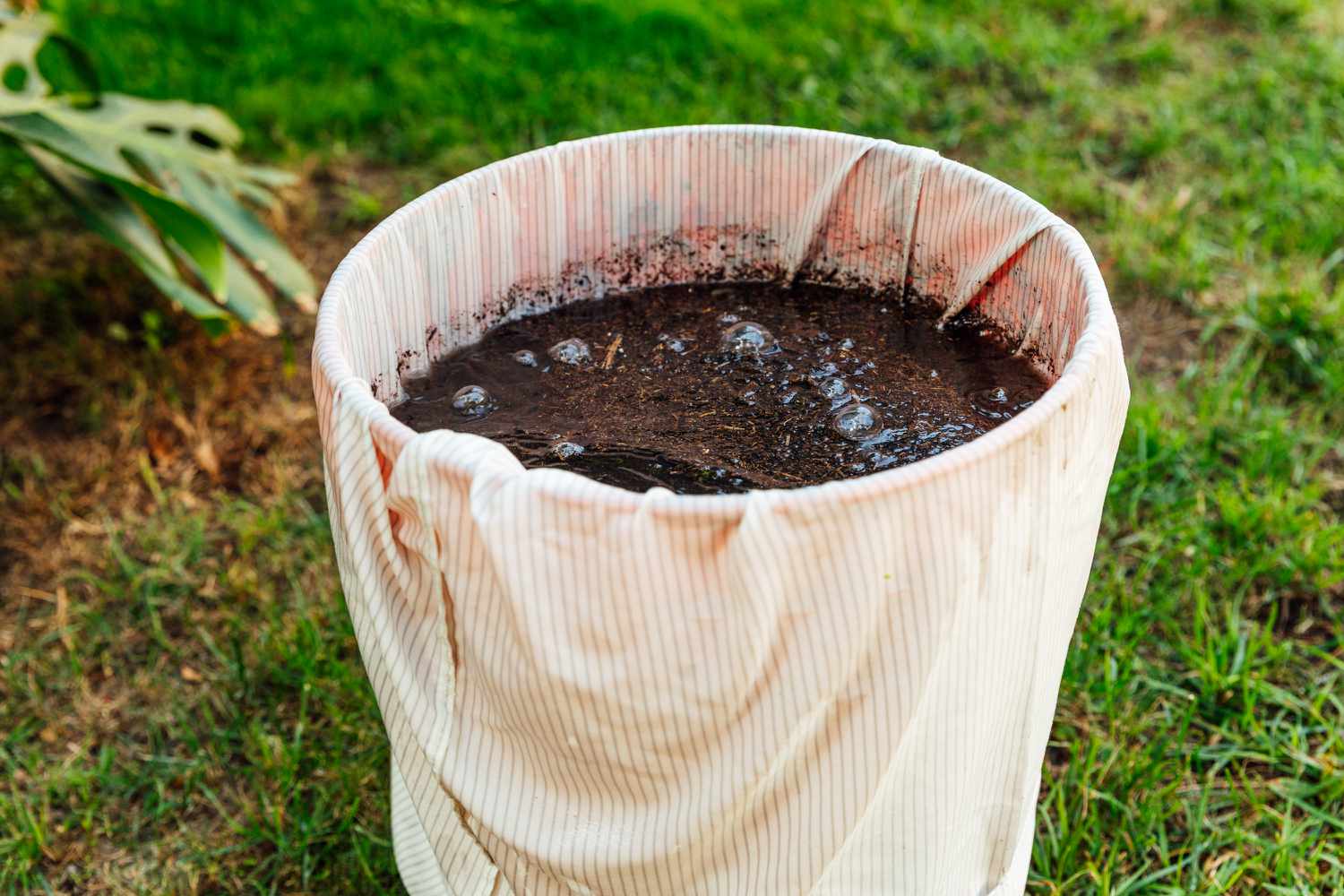
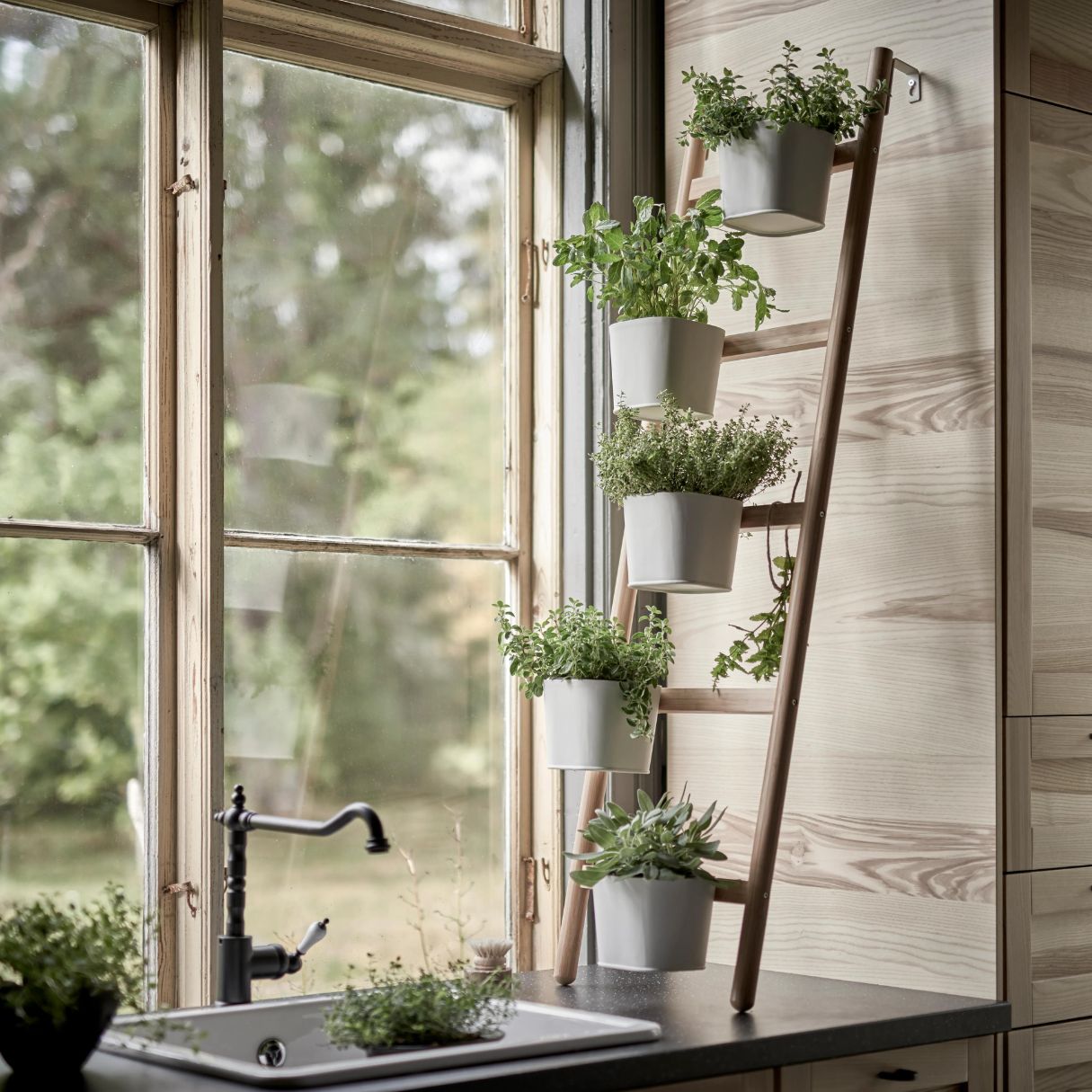
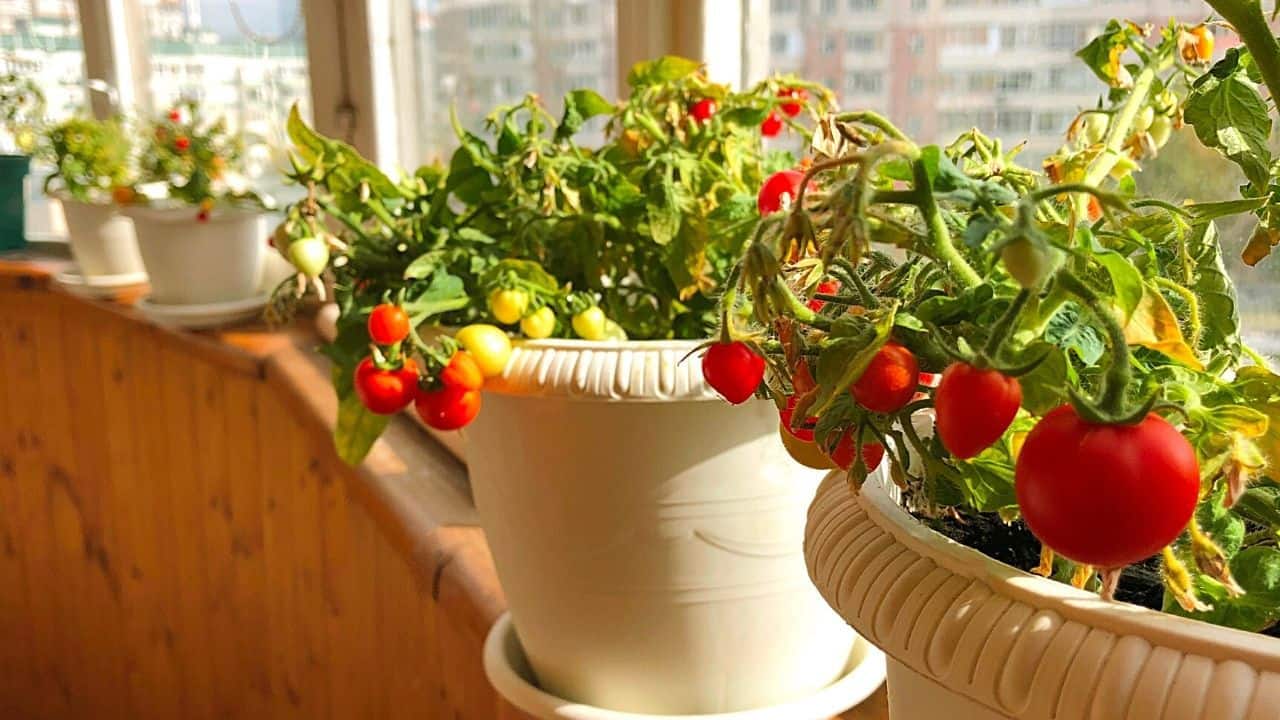
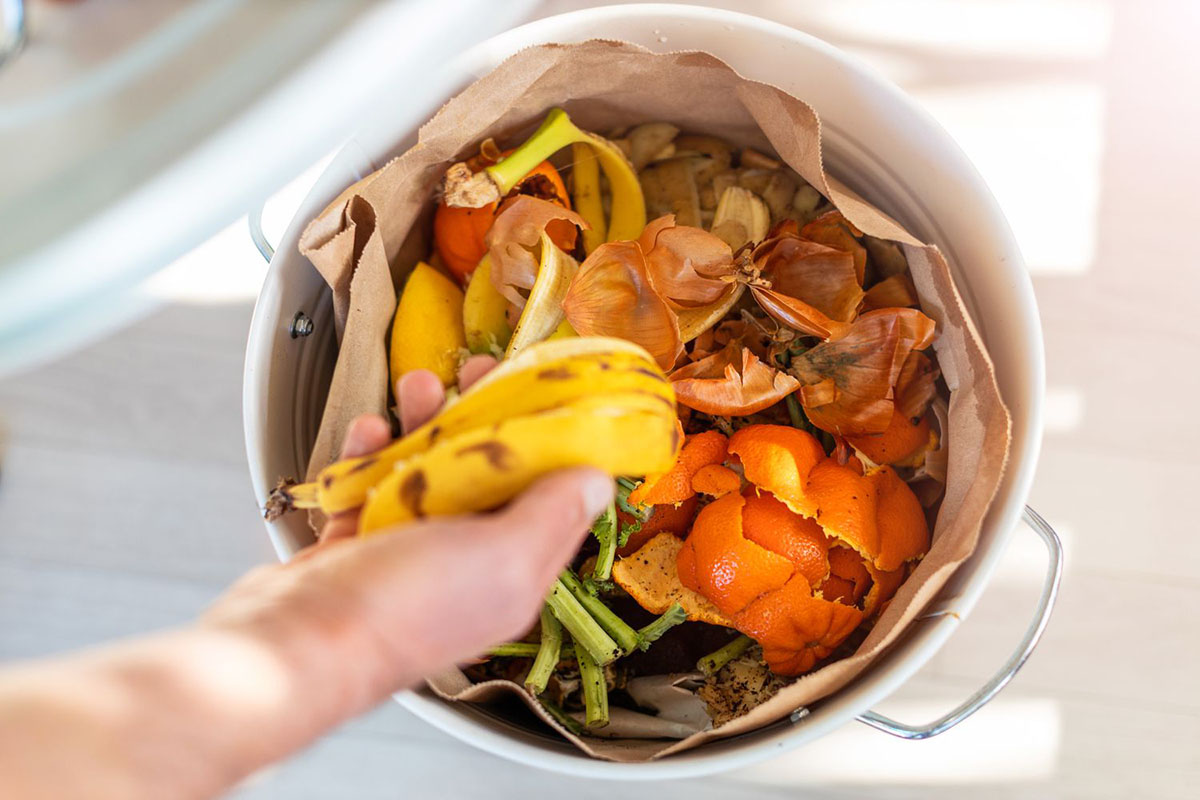
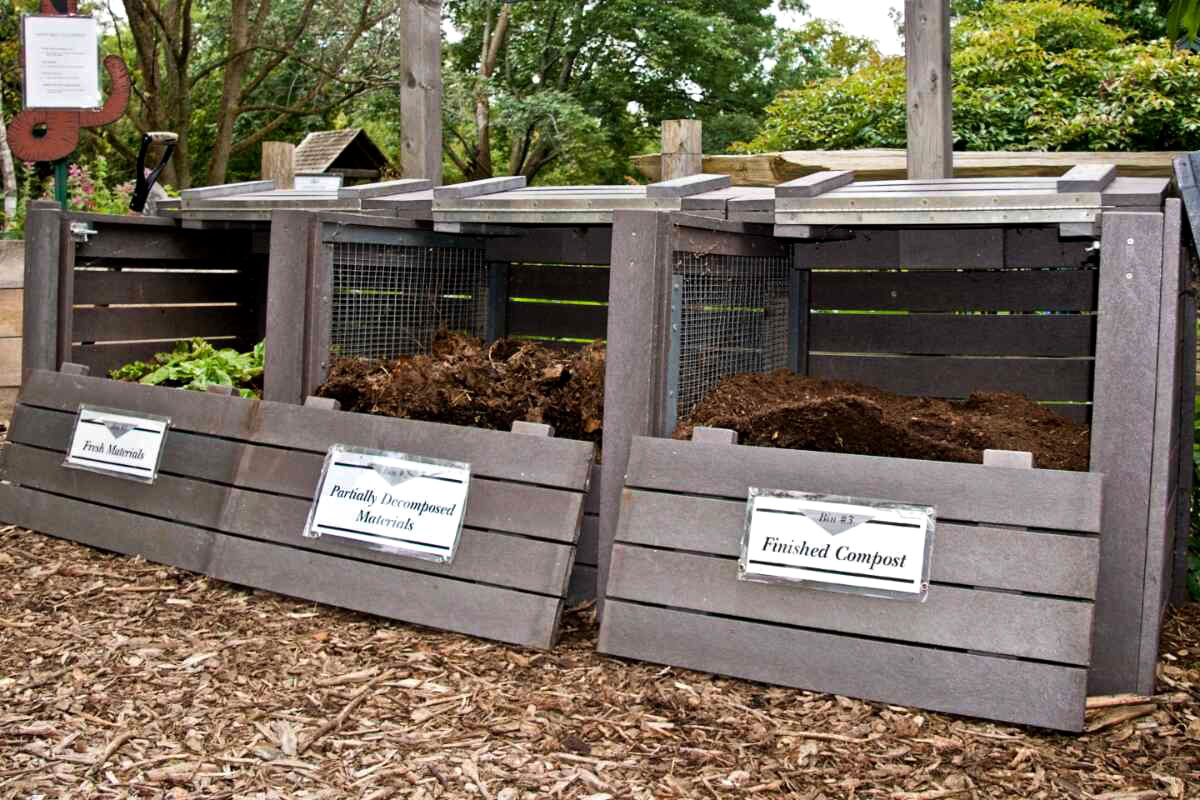

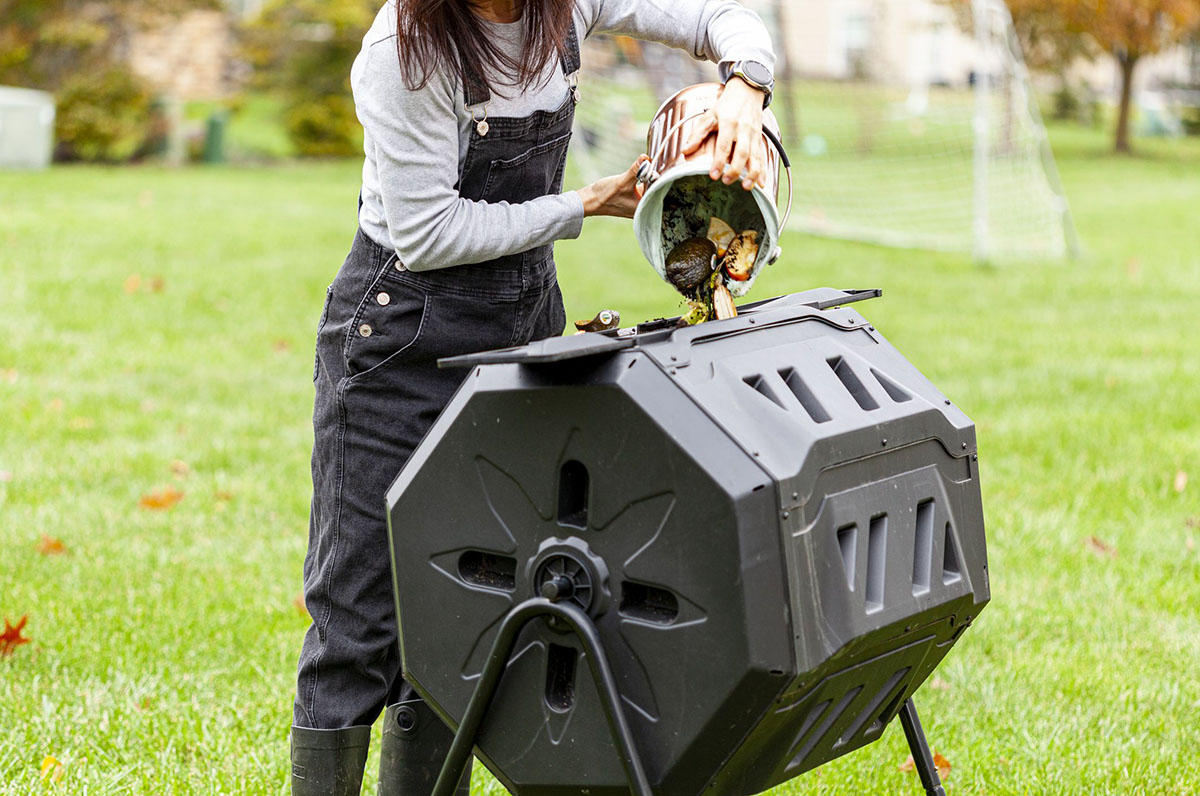
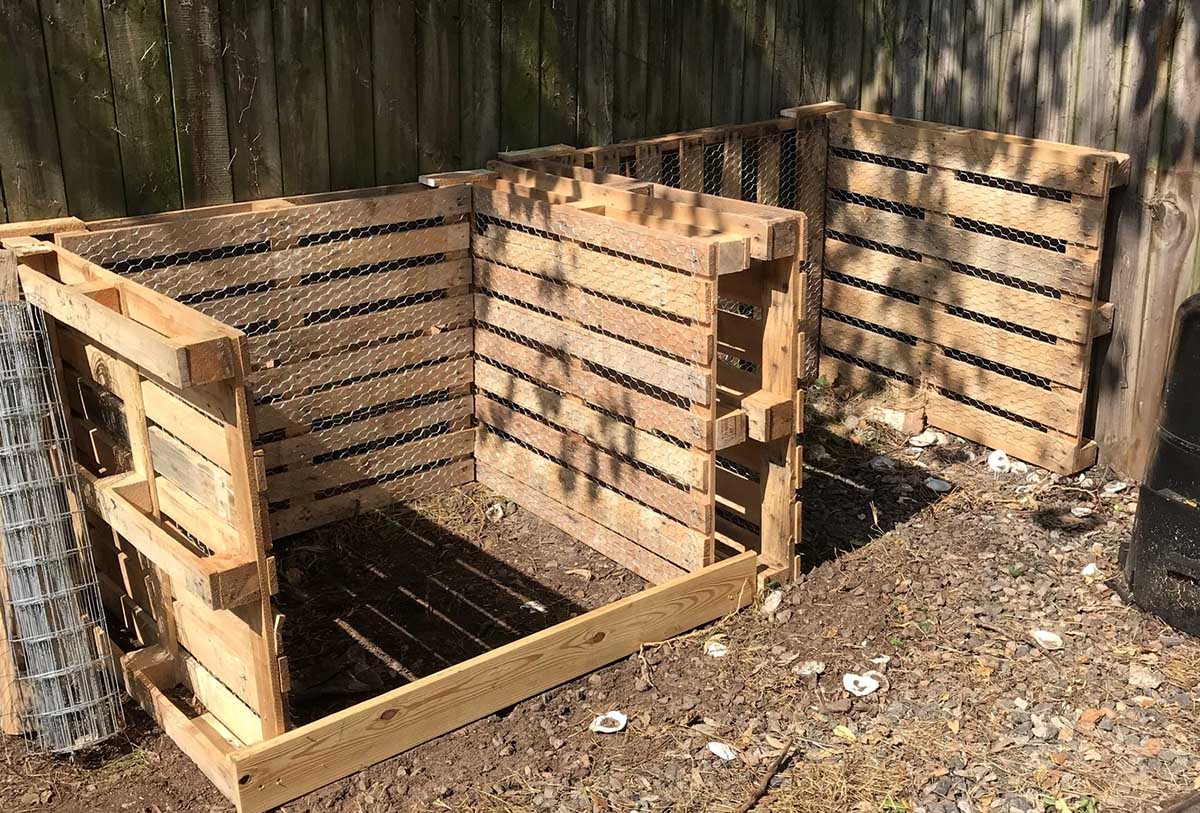
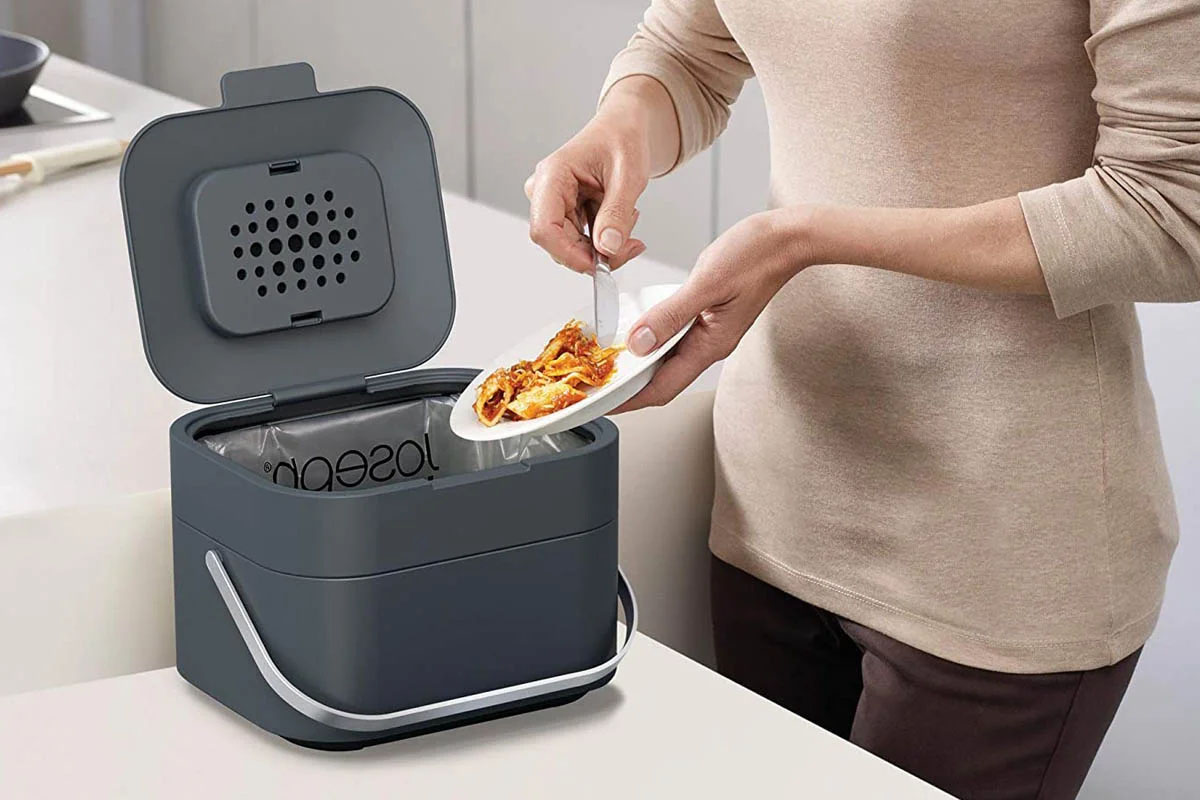
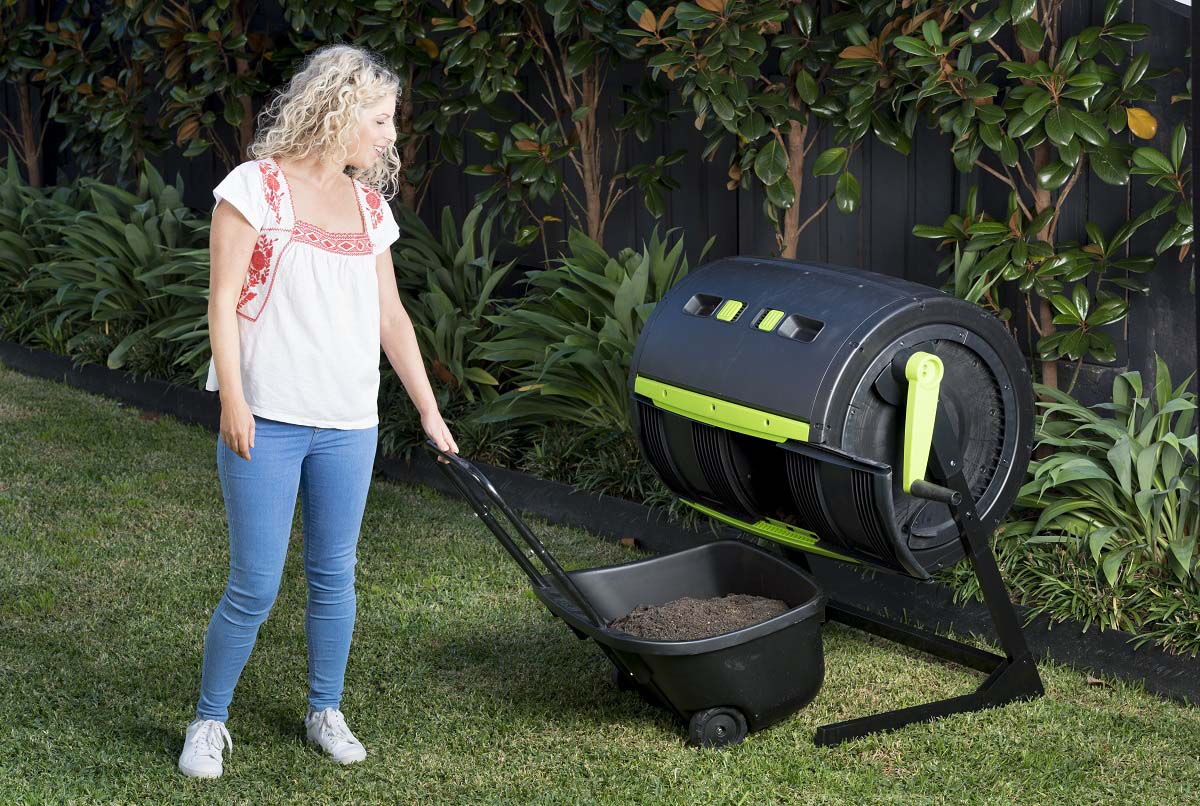
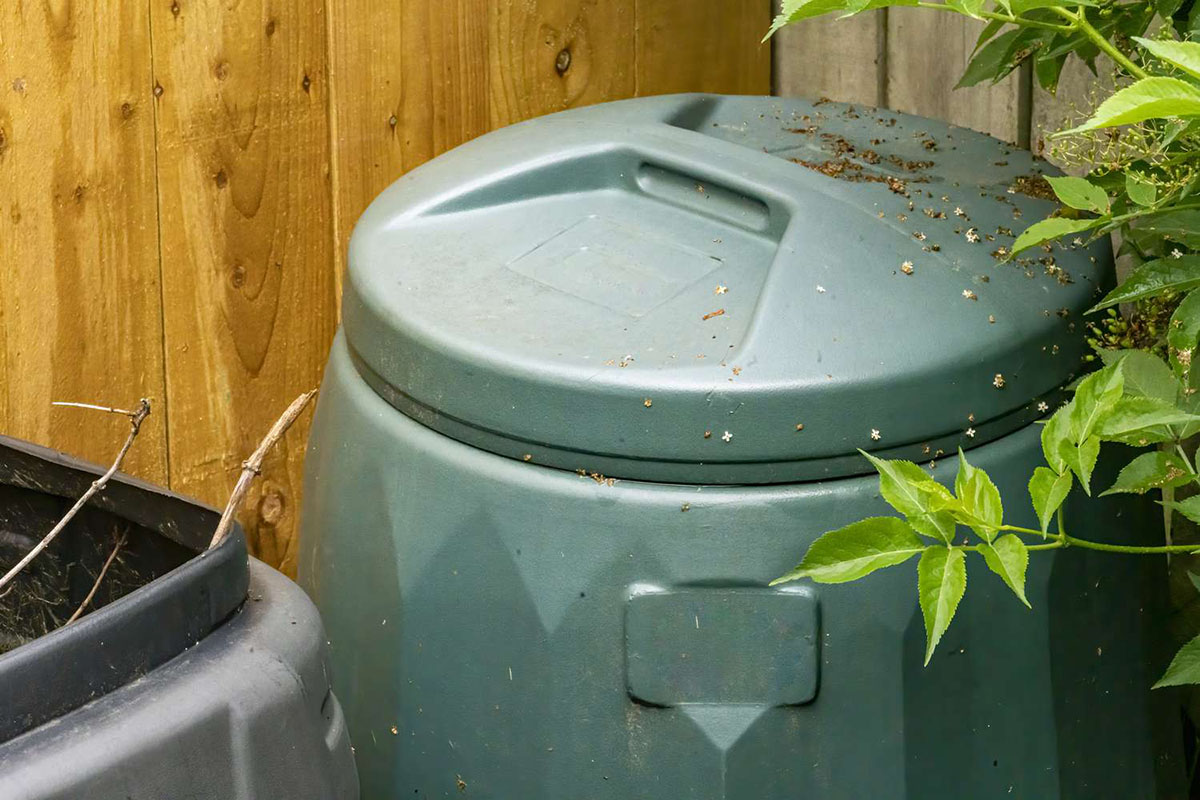
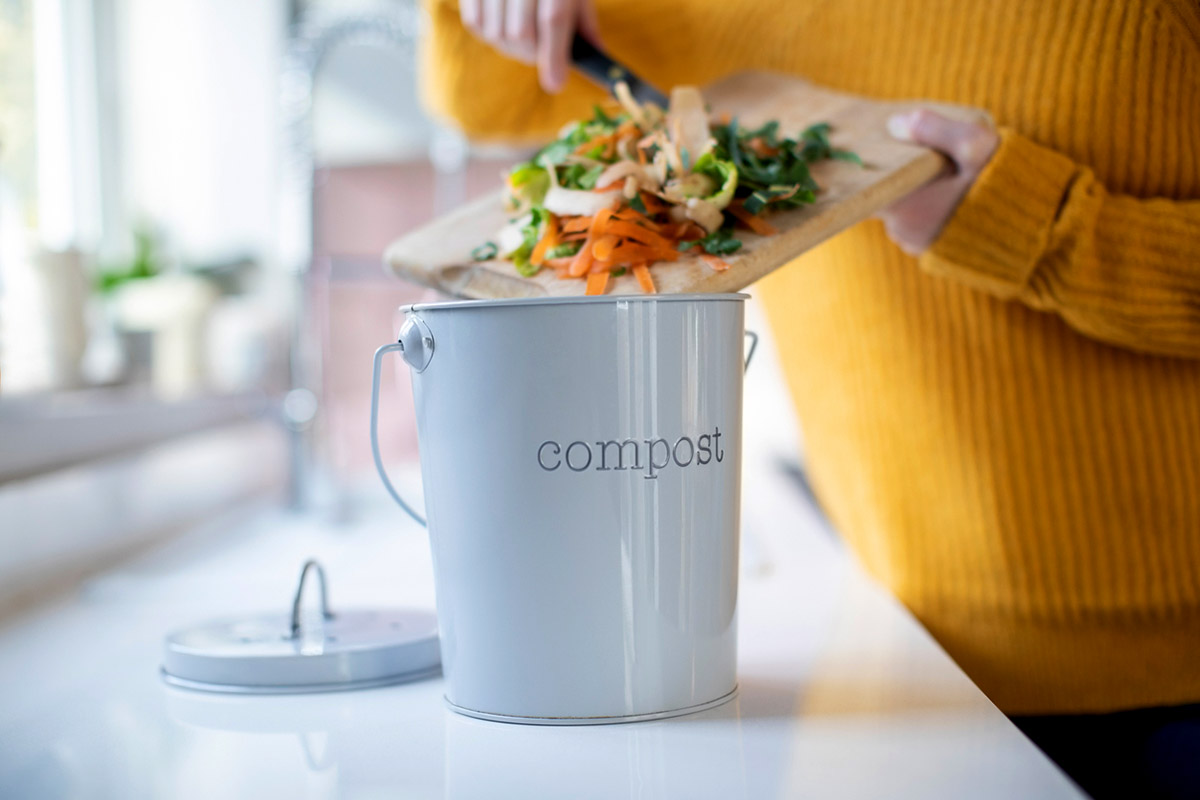
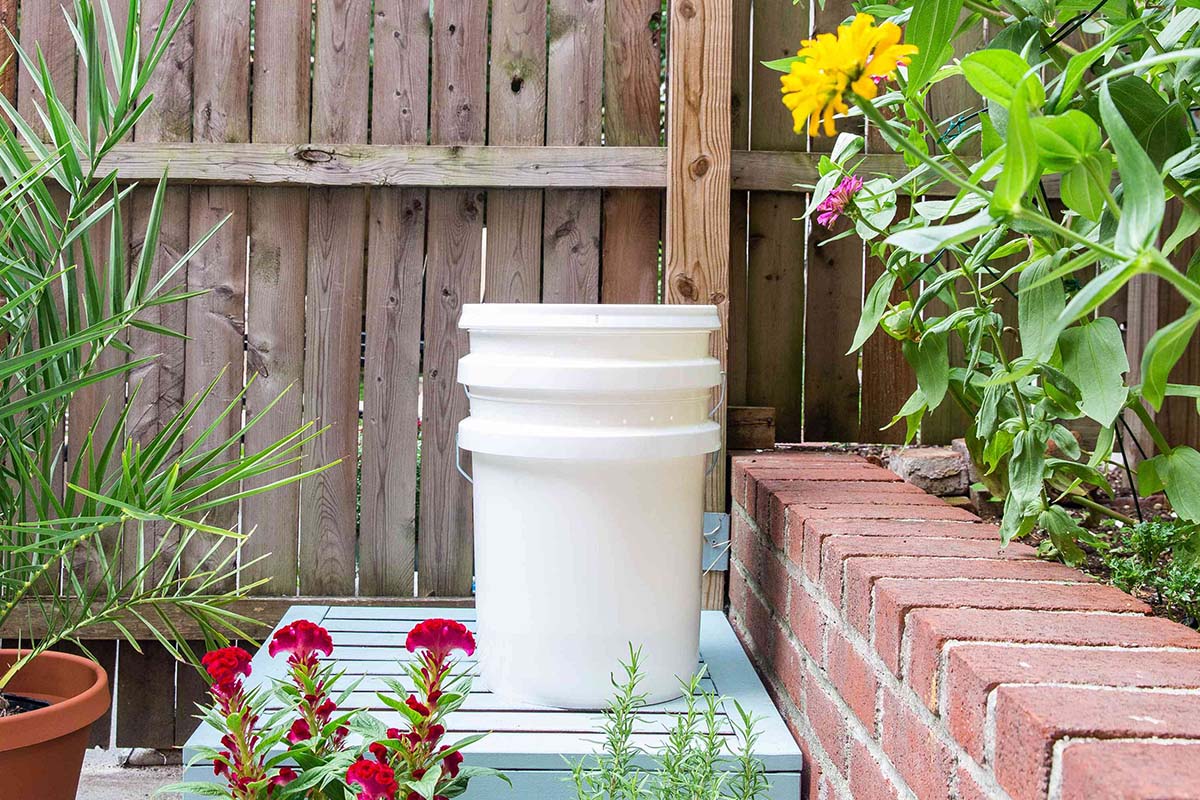
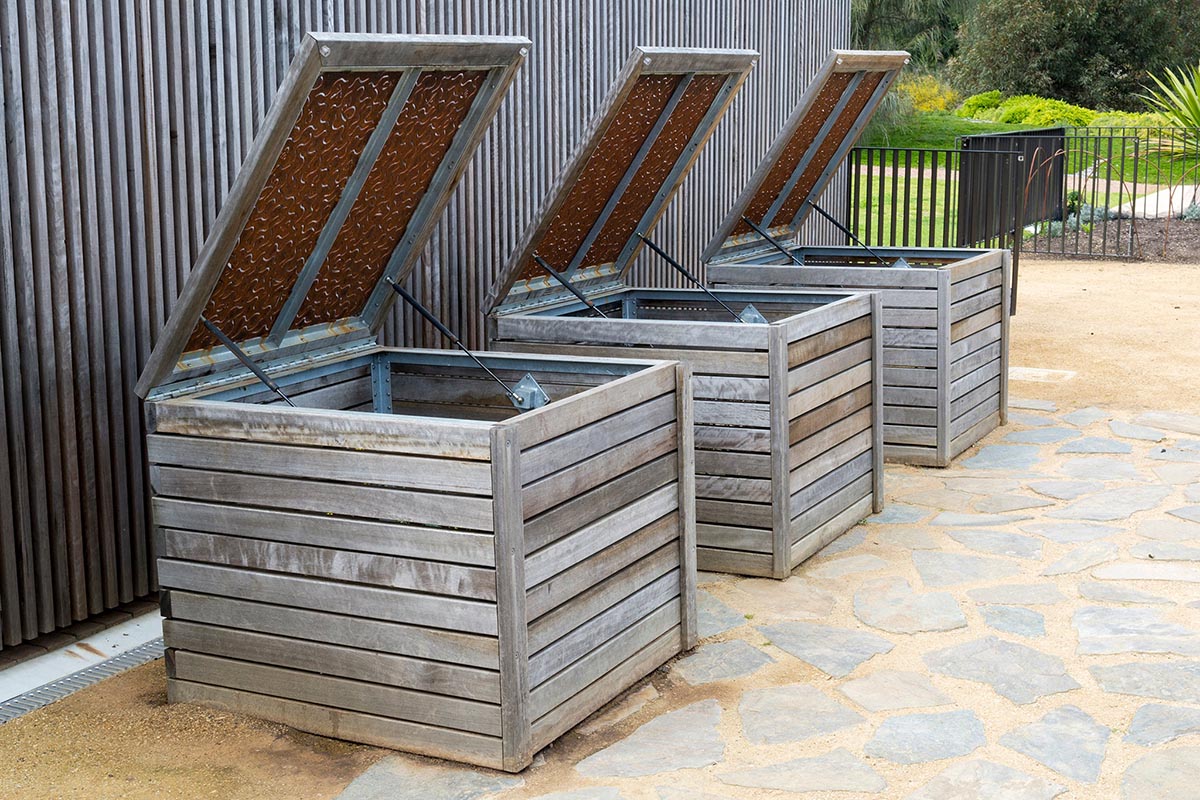

0 thoughts on “How To Store Compost In Kitchen”